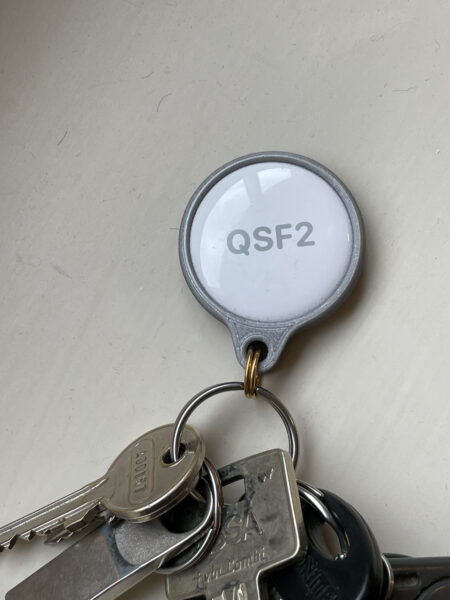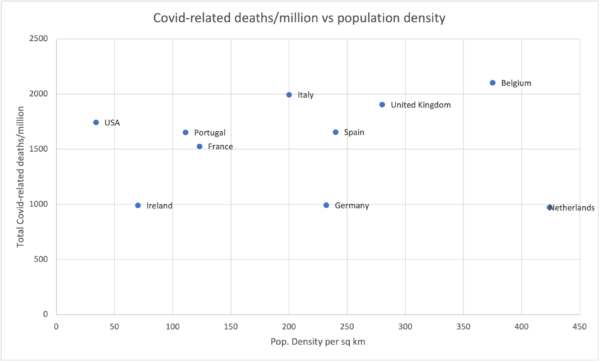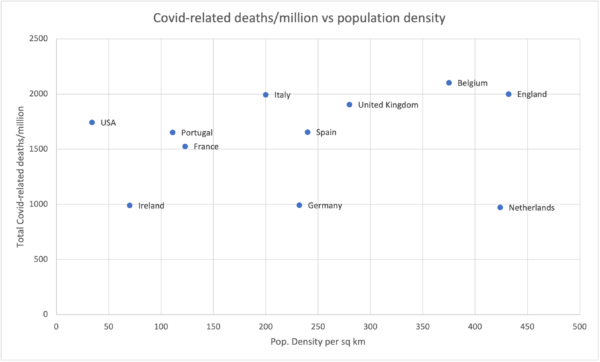In October, I wrote about my enjoyment of and use of YouTube, but I predicted that, at some point, people might want to shift some of their content elsewhere.
Well, that hasn’t happened yet, but there’s a small step today which might make people think more about it: the new Terms of Service, which take effect on 1st June. These include the following:
Right to Monetize
You grant to YouTube the right to monetize your Content on the Service (and such monetization may include displaying ads on or within Content or charging users a fee for access). This Agreement does not entitle you to any payments. Starting June 1, 2021, any payments you may be entitled to receive from YouTube under any other agreement between you and YouTube (including for example payments under the YouTube Partner Program, Channel memberships or Super Chat) will be treated as royalties.
Now, for most viewers, this won’t make much difference. We’re used to seeing ads on YouTube videos; in fact, quite a few of mine have them, and I earn enough from the ads to keep me in coffee beans. (I only use skippable ads at the start of the video, since I think those are the least annoying. You get more money if you allow others.).
When you view a YouTube video with ads, the revenue is typically split between YouTube and the creator. This revenue-sharing partnership is available to creators who have enough followers and sufficient viewing hours. In some circumstances, if you’ve included other material (such as commercial background music for which you don’t have a licence), rather than blocking you completely, YouTube will allow it to be posted, but you can’t monetise it: ad revenues are shared with the music copyright owner instead. The 360-degree video I recorded of my campervan trip to the Dordogne is an example: it does have ads, and the proceeds go to the creators of the background music I occasionally include. That seems reasonably fair to me. Doing this does have risks, though, if you’re thinking of trying it: firstly, you need to check whether it’ll be allowed for the tracks you’re thinking of including, and secondly, if the music publisher changes their policy in the future, your video may be removed.
Anyway, this new change will allow YouTube to put ads on the videos where I haven’t enabled them, perhaps to include more of them, or different types, and not necessarily share the proceeds of these extra ones with me. What’s more, if I had a very popular video, I think they could decide to put it behind a paywall.
As well as being detrimental to the viewing experience, this could be important, say, for universities who don’t want advertisements on their lectures, or software developers who don’t want competitor’s ads popping up over their tutorials. There will be ways around this, no doubt, involving payments to YouTube.
But this is just a reminder to make sure you keep copies of all the videos you upload in preparation for the day when you might want to move them somewhere else because your friends and family can’t watch them without a YouTube subscription.
YouTube is an amazing service, and a phenomenally expensive one to run, and most of us get it for free. So the fact that they are always looking for extra sources of revenue should come as no surprise. Especially to readers of Status-Q!


















Recent Comments